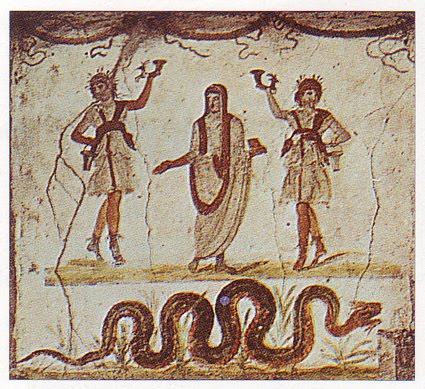



Shibboleth / Open Athens technology is used to provide single sign-on between your institution’s website and Oxford Academic. This authentication occurs automatically, and it is not possible to sign out of an IP authenticated account.Ĭhoose this option to get remote access when outside your institution. Typically, access is provided across an institutional network to a range of IP addresses. If you are a member of an institution with an active account, you may be able to access content in one of the following ways: "synopsis" may belong to another edition of this title.Get help with access Institutional accessĪccess to content on Oxford Academic is often provided through institutional subscriptions and purchases. She also looks at Compitalia, a popular midwinter neighborhood festival in honor of the lares, and describes how its politics played a key role in Rome’s increasing violence in the 60s and 50s BC, as well as in the efforts of Augustus to reach out to ordinary people living in the city’s local neighborhoods.Ī reconsideration of seemingly humble gods that were central to the religious world of the Romans, this is also the first major account of the full range of lares worship in the homes, neighborhoods, and temples of ancient Rome. She examines the rituals honoring the lares, their cult sites, and their iconography, as well as the meaning of the snakes often depicted alongside lares in paintings of gardens. She makes the case that they are not spirits of the dead, as many have argued, but rather benevolent protectors―gods of place, especially the household and the neighborhood, and of travel. Weaving together a wide range of evidence, Flower sets forth a new interpretation of the much-disputed nature of the lares. In this comprehensive and richly illustrated book, the first to focus on the lares, Harriet Flower offers a strikingly original account of these gods and a new way of understanding the lived experience of everyday Roman religion.

These shrines were maintained primarily by ordinary Romans, and often by slaves and freedmen, for whom the lares cult provided a unique public leadership role. Throughout the Roman world, neighborhood street corners, farm boundaries, and household hearths featured small shrines to the beloved lares, a pair of cheerful little dancing gods. The most pervasive gods in ancient Rome had no traditional mythology attached to them, nor was their worship organized by elites.


 0 kommentar(er)
0 kommentar(er)
